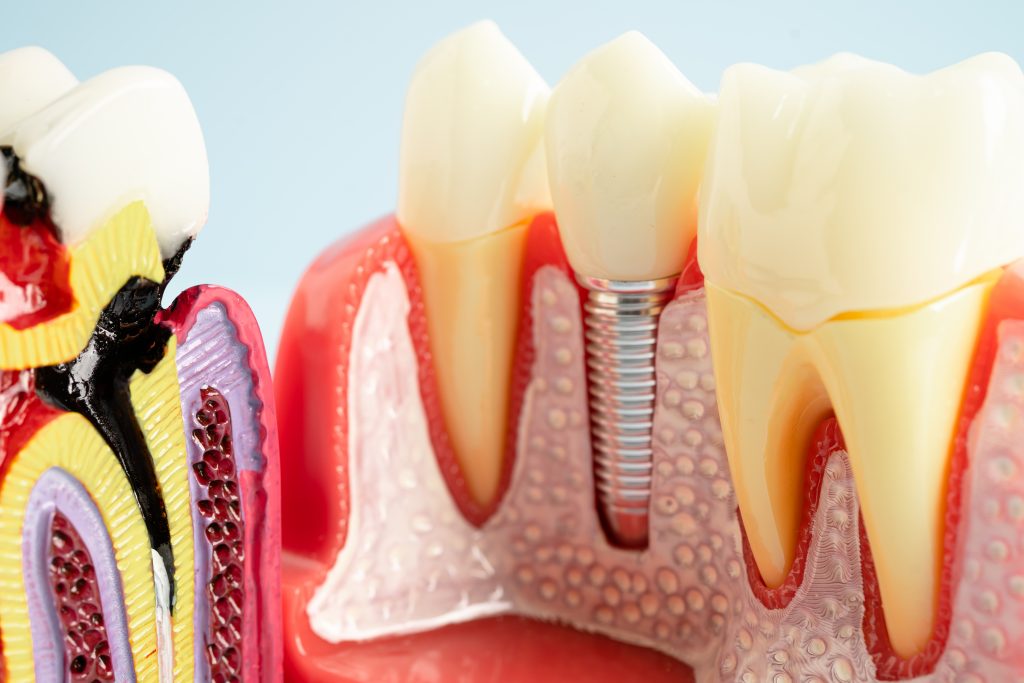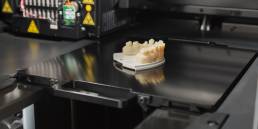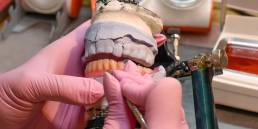Zirconia vs. E.max vs. PFM: How to Choose the Best Crown Material

Introduction
Selecting the right crown material is no longer a “one size fits all” decision. With options like zirconia, E.max (lithium disilicate), and PFM (porcelain fused to metal), dentists and labs must weigh strength, esthetics, tissue response, workflow, and affordability. In Minnesota, many labs emphasize that the best choice comes from matching the patient’s clinical needs with the strengths and limitations of each material rather than defaulting to what’s popular.
What Is Zirconia?
Zirconia is a high-strength ceramic that’s become the workhorse of modern restorative dentistry. It’s incredibly fracture-resistant, available in different translucency levels, and works well for posterior crowns, implant restorations, and long-span bridges. While monolithic zirconia provides unmatched durability, layered or “cut-back” zirconia allows technicians to build in lifelike esthetics. In my experience, zirconia’s versatility is its biggest strength , it can be tailored for functional brute force or delicate cosmetic detail.
What Is E.max (Lithium Disilicate)?
E.max is a glass-ceramic known for its optical beauty. It mimics natural enamel’s translucency, making it ideal for anterior teeth where patients want their crown to “disappear” in the smile. While not as strong as zirconia, it performs extremely well in single units if properly bonded. Many clinicians in cosmetic-driven practices favor E.max for veneers, incisors, or premolars because the blend of esthetics and moderate strength is hard to beat.
What Is PFM (Porcelain Fused to Metal)
PFM crowns combine a metal base for strength with a porcelain veneer for esthetics. For decades they were the standard of care, and even today they hold value in certain cases , particularly when occlusal clearance is limited or when a subgingival margin demands a strong metal coping. However, the “gray line” at the margin and the limited translucency mean PFMs don’t meet today’s esthetic standards as well as all-ceramic options.
Strength and Durability Comparison
- Zirconia: By far the strongest, making it the go-to for high-stress areas like molars, implants, or patients with bruxism.
- E.max: Strong enough for single crowns and veneers, but less fracture-resistant under heavy occlusal load. Best bonded rather than conventionally cemented.
- PFM: The metal coping ensures strength, but the porcelain veneer layer can chip under stress. Still, they remain reliable in situations where tooth reduction is limited.
Zirconia is best for function, while E.max dominates the esthetic front. PFMs serve as the backup plan when clinical constraints exist.
Aesthetics and Natural Appearance
- E.max stands out here , the translucency and light diffusion look almost indistinguishable from natural enamel.
- Zirconia has improved dramatically. Multilayer zirconia can now provide beautiful anterior results, but it still needs lab artistry.
- PFM looks good in controlled cases but is the weakest of the three esthetically, especially if the gingiva recedes and metal shows.
Patients often can’t tell the difference when skilled labs are involved, but dentists know that E.max is the most predictable for “wow factor” smiles.
Biocompatibility and Tissue Response
All three are biocompatible, but zirconia has a strong reputation for being tissue-friendly and resistant to plaque buildup when polished. E.max also integrates well with soft tissue. PFMs depend more on the quality of margins and the type of metal alloy used , high noble alloys are better tolerated than base metals. From a biological standpoint, zirconia edges out slightly because of its smooth surface and inert nature.
Longevity and Clinical Success Rates
Studies and lab reports consistently show:
- Zirconia and E.max both achieve high survival rates when used appropriately.
- PFMs still perform well long-term, with decades of clinical evidence.
- Failures usually trace back to poor prep design, cementation errors, or occlusal overload rather than the material itself.
Clinically, I’ve seen zirconia hold up impressively in bruxers, while E.max cases can last 10+ years if bonded carefully and used in the right location.
Cost and Patient Affordability
- Zirconia: Often more affordable now due to streamlined milling workflows.
- E.max: Slightly higher cost because of additional finishing steps, but worth it for anterior esthetics.
- PFM: Usually priced in the mid-range but may be less attractive to patients because of esthetic limitations.
In patient consultations, affordability often tips the balance toward zirconia, unless esthetics take priority.
Preparation and Workflow Considerations
- Zirconia: Requires less reduction compared to PFM; forgiving in terms of prep design but needs smooth finish lines. Can be cemented conventionally or bonded depending on type.
- E.max: Needs precise reduction, rounded internal angles, and enough thickness for strength. Must be bonded for predictable results.
- PFM: Allows for more flexible prep because the metal coping carries strength, but requires more reduction than zirconia in some cases.
Labs often send out prep guidelines, and I’d recommend following them closely , minor deviations can make or break the success of an E.max crown.
Crown Material Pros and Cons
| Crown Type | Pros | Cons |
|---|---|---|
| Zirconia | – Very high strength; great for molars, bridges, implants – Smooth, plaque-resistant surface – Can be cemented or bonded – Improved esthetics with multilayer options – Cost-effective with modern milling |
– Slightly less esthetic than E.max – May wear opposing teeth if not polished – Margin chipping risk if poorly designed – Less suitable for ultra-thin esthetic zones |
| E.max (Lithium Disilicate) | – Excellent esthetics and translucency – Ideal for front teeth and veneers – Biocompatible and soft tissue-friendly |
– Weaker than zirconia; not for heavy bite force – Requires precise prep – Must be bonded – More expensive due to lab work |
| PFM (Porcelain-Fused-to-Metal) | – Strong with a proven track record – Forgiving prep requirements – Good for subgingival or limited structure |
– Less esthetic; metal may show – Risk of porcelain chipping – Poor light transmission – More tooth reduction needed – Potential tissue irritation from metals |
The Dental Lab’s Role in Material Choices
Dental Labs don’t just follow orders; they often guide clinicians toward the best material. They evaluate case records, analyze occlusion, consider shade and esthetic expectations, and sometimes recommend alternatives the dentist hadn’t thought about. In Minnesota, labs emphasize early communication , sending scans, photos, and case notes upfront , so they can recommend whether zirconia, E.max, or PFM is the best fit. A collaborative dentist and lab relationship is what ensures predictable and long-lasting restorations.
Latest News
October 25, 2025
Intraoral Scanning Advances Every Dentist Should Know in 2025: Full-Arch Implant Restoration Insights for Dental Labs
Advances in intraoral scanning, optimized scan protocols, and lab-driven validation provide clinicians and dental labs with powerful tools for excellence in 2025.
October 12, 2025
Occlusal Scheme Design for Full-Arch Restorations: Balancing Function and Esthetics
Labs must often navigate the choice between functional occlusion, which focuses on ideal load distribution, longevity, and minimal stress on components, and esthetic occlusion.
September 26, 2025
Optimizing Full-Arch Implant Restorations: How Lab-Driven Precision Improves Fit, Function, and Patient Satisfaction
Full-arch implant restorations are among the most rewarding yet demanding treatments in dentistry. Precision is critical because even the smallest misfit can compromise occlusion,…
August 22, 2025
360Imaging Anatomic Guide for Rapid Full-Arch Rehabilitation
The 360Imaging Anatomic Guide™ is redefining full-arch implant therapy by uniting precision, speed, and prosthetic-driven planning.


